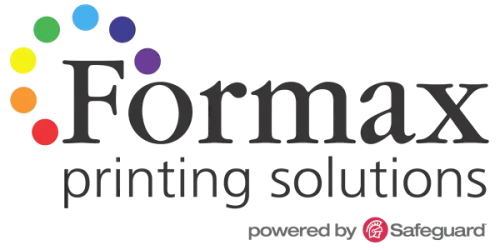High-Quality Custom Printing Services
Affordable Solutions. Personal Attention.
Ready To Print? Get A Quote Today!
We Solve Your Printing Needs
Book
Printing
Our dedicated team is committed to delivering top-notch publications such as Catalogs, Manuals, Binder Sets, Directories, Periodical, and more.
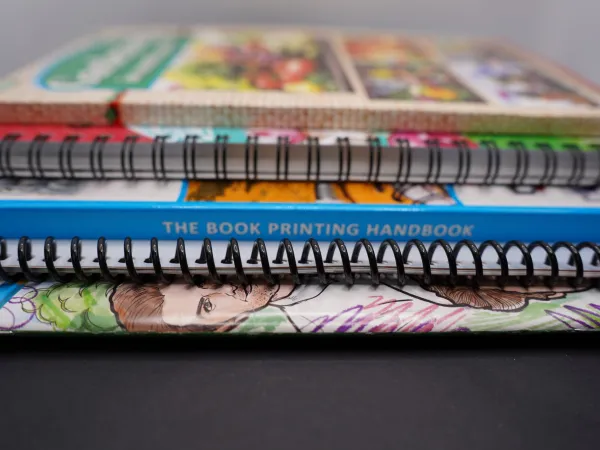
Laminated Printing
There are numerous uses for Laminated Printing. Some of the popular uses include maps, menus, cards, luggage tags, flip books and more!

Mini
Folding
Miniature Folding, also known as Mini Folding, is a specialized paper folding method that transforms a large sheet of paper into a very compact size.
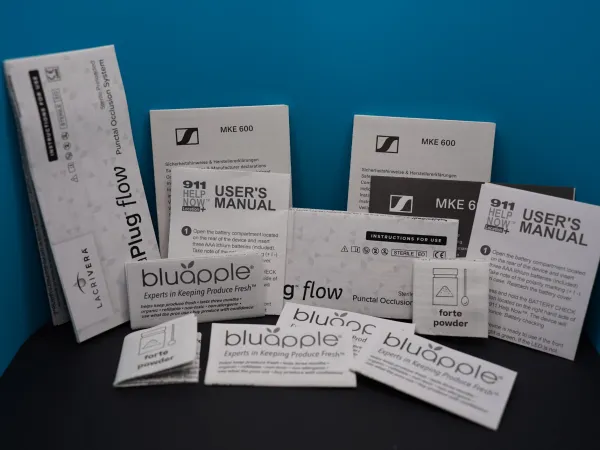
Map
Printing
Custom-printed wall and folded maps are used by a variety of organizations, including businesses, schools, park departments, utilities and government agencies.
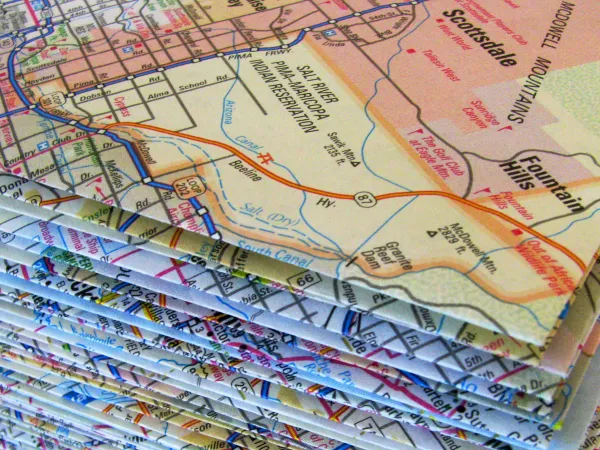
Full Color Printing
Popular examples of full-color printing include brochures, flyers, direct mail postcards, presentation folders, magnets, and door hangers.

Mailing Services
No matter if you need postcards, newsletters, catalogs, or any other printed materials, we are equipped to handle your mailing requirements regardless of size.

Count On Us As Your Preferred Printing Partner
Our Service Sets Us Apart
When you choose us as your printing partner, you can trust that you will receive a level of personalized service that sets us apart from the competition. We believe in the importance of human connection and strive to provide real, genuine interactions with every client.
Our team is dedicated to answering your calls personally, without automated responses or impersonal communication. We understand the value of effective communication in the printing industry, which is why we use technology to enhance our personalized service, not replace it.
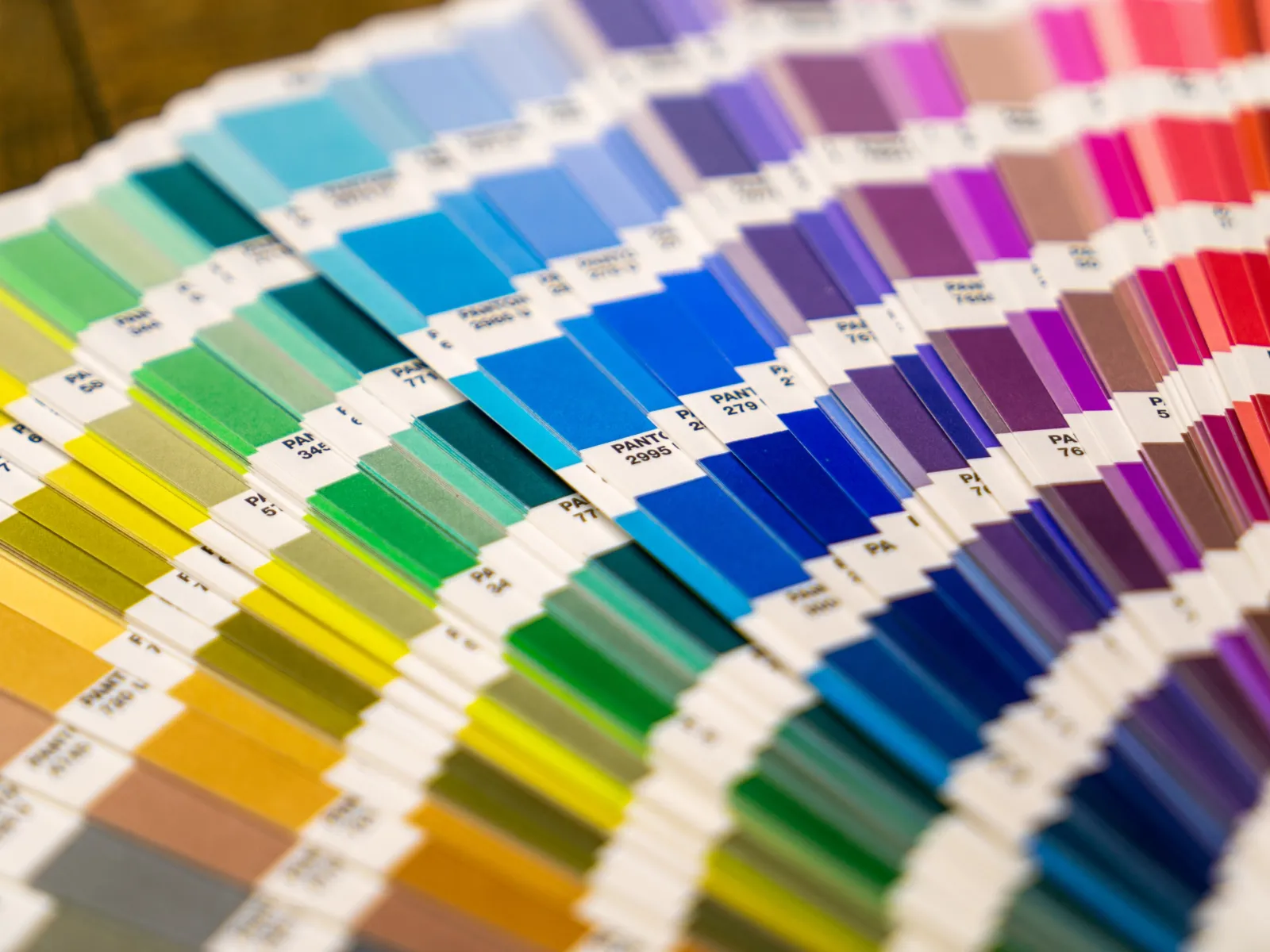
High Quality Book Printing Services
At Formax, we are experts in providing top-notch book printing services. Our specialization lies in delivering high-quality printing solutions that meet the needs of our clients.
Whether you are an author looking to self-publish, a publishing house needing a reliable printing partner, or a company requiring professional manuals or catalogs, we have the expertise and resources to fulfill your requirements.
With our state-of-the-art printing technology and a team of skilled professionals, we ensure that each book we print is produced with precision and attention to detail. Our commitment to excellence and customer satisfaction sets us apart in the industry, making us the go-to choice for all your book printing needs.
Frequently Asked Questions
How can Formax save me money?
We strive to save you money by carefully matching your specific project with the perfect printing press available at one of our 5 state-of-the-art production facilities. Our primary objective is to provide you with cost-saving options that best suit your needs.
When will my order ship?
Ship dates vary by the complexity of the job. Your account representative will work with you to achieve the best possible ship date.We always do our best to accommodate your timeline.
How do I get a quote?
We offer two simple ways:
1) Complete our easy Quote Request Form
or
2) Give us a call at
866-938-3757. After we discuss the project's specifications with you, we'll start working on your detailed quote.
Does Formax specialize in any certain kinds of printing?
At Formax Printing, we pride ourselves on our wide range of printing services. While we excel in various areas, our specialties lie in multi-page document printing (including books, booklets, catalogs, manuals, directories, binder sets, newsletters, etc.), full-color printing, laminated printing, and map printing.
